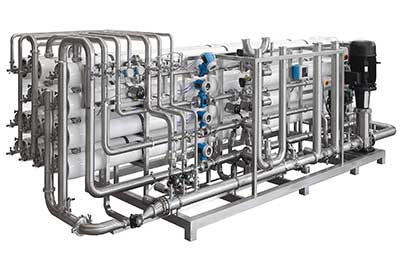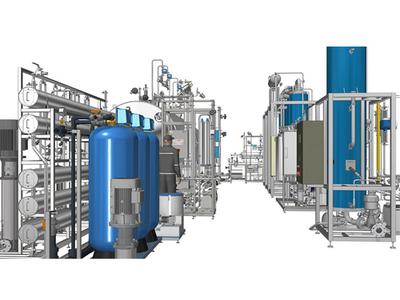In today's rapidly advancing technological landscape, optimizing HVAC systems has become an essential aspect of energy efficiency in buildings. A crucial component of these systems is the heat exchanger, which plays a pivotal role in effectively transferring heat between mediums. This blog will explore the importance of WIF heat exchanger solutions and how they can significantly enhance HVAC system performance in various buildings.
HVAC systems account for a substantial part of a building's energy consumption. Optimizing these systems not only reduces energy costs but also helps meet environmental regulations by minimizing greenhouse gas emissions. By focusing on energy-efficient solutions like WIF heat exchangers, building owners and operators can greatly contribute to a sustainable future.
Heat exchangers are vital components of HVAC systems that facilitate the transfer of thermal energy between two mediums. They can be found in various heating and cooling applications, such as air conditioning units, refrigeration systems, and industrial processes. Heat exchangers ensure efficient heat transfer by utilizing technology and design principles to maximize effectiveness.
WIF (Waste-to-Energy Integration and Futuristics) heat exchangers offer advanced solutions for optimizing HVAC systems in buildings. These innovative heat exchangers are designed to enhance energy efficiency by effectively recovering waste heat and utilizing it elsewhere within the system. By leveraging WIF technology, buildings can experience significant reductions in energy consumption and operational costs.
By incorporating WIF heat exchangers into HVAC systems, buildings can experience a range of benefits:
Enhanced Energy Efficiency: WIF heat exchangers effectively recover waste heat from various sources, such as exhaust air or industrial processes, and repurpose it for heating or cooling purposes. This significantly reduces the overall energy consumption of the HVAC system.
Reduced Environmental Impact: The efficient utilization of waste heat through WIF technology leads to a reduced demand for fossil fuel consumption. Consequently, this helps lower greenhouse gas emissions and contributes to a greener and sustainable future.
Improved Indoor Comfort: HVAC systems incorporating WIF heat exchangers ensure consistent and comfortable indoor temperatures throughout buildings. This results in enhanced occupant satisfaction and productivity.
As buildings strive to become more sustainable, optimizing HVAC systems through the implementation of advanced technologies like WIF heat exchangers has become paramount. With their ability to recover waste heat and enhance energy efficiency, WIF heat exchangers offer innovative solutions that benefit both the environment and building owners. By embracing these cutting-edge heat exchanger solutions, buildings can achieve optimal HVAC system performance while reducing energy costs and minimizing their ecological footprint.


